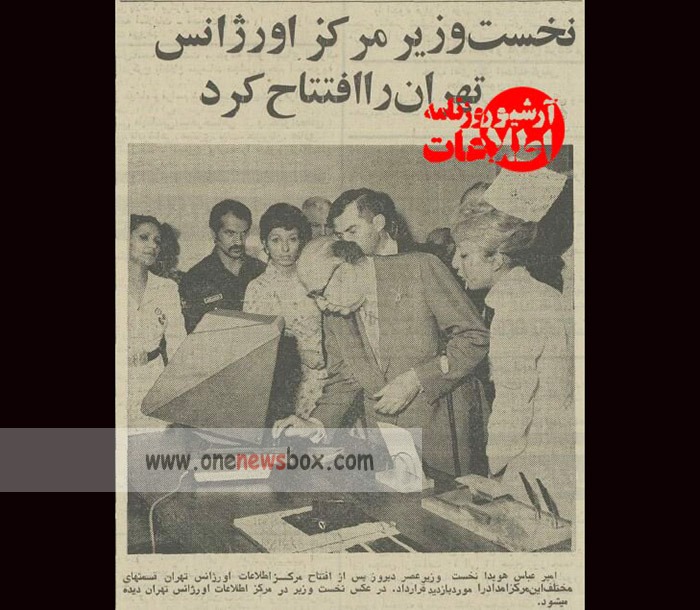With the success of the Tehran pilot project, plans were quickly made to expand emergency services to other Iranian cities. Local personnel were recruited and trained through short-term programs, using the Tehran center as a model. Over the next few years, emergency units began operating in major provincial capitals, supported by trained Iranian EMTs and medical supervisors.
As the system matured, the emergency contact number 123 was replaced by 115, which remains the official emergency medical hotline in Iran to this day. This change aimed to simplify dialing during crises and to create a unique national identity for the service.
The Emergency System During the Revolution and the War
The years following the 1979 Revolution and the Iran–Iraq War (1980–1988) tested the resilience of the emergency system. As political turmoil and street clashes intensified during the revolutionary period, emergency staff were among the first responders to the injured demonstrators and bystanders. Despite limited resources, they provided critical care under dangerous conditions.

